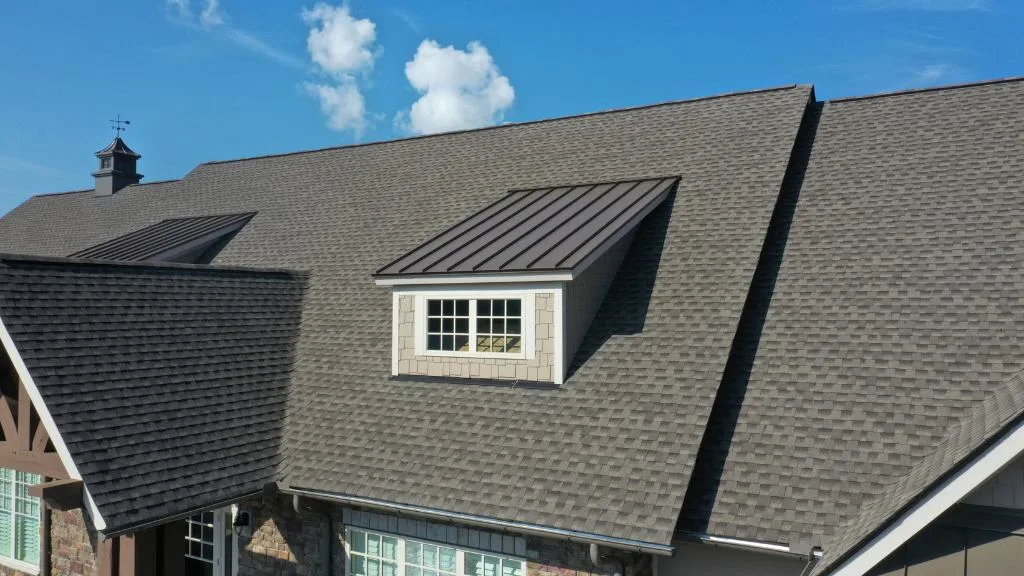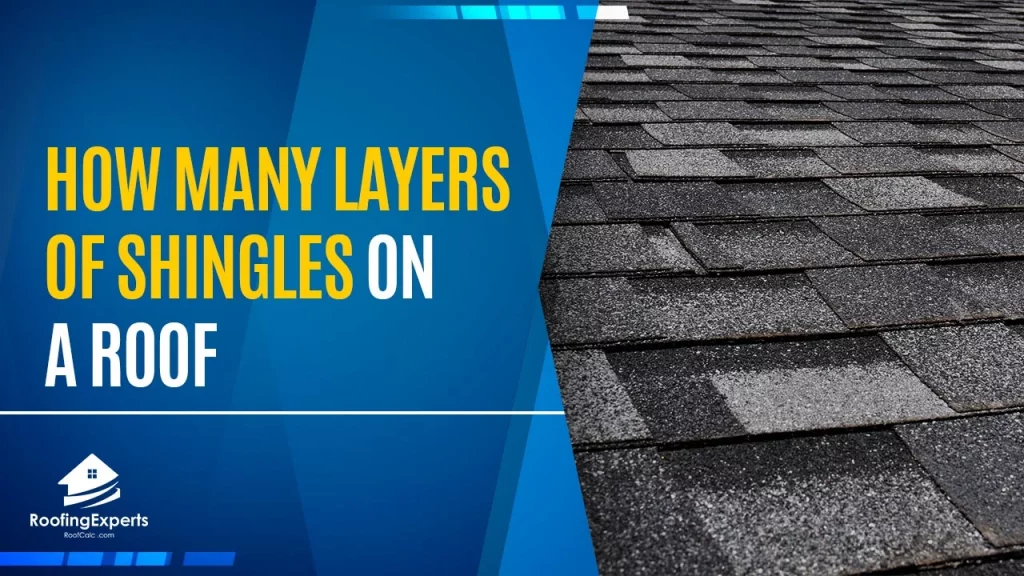
How many layers of shingles should you put on your roof? This is a question that homeowners always ask themselves when they are building, or rebuilding their home.
- What are the types of shingle roofs?
- What factors influence the number of roof shingles to use?
- Why does it matter how many layers of shingles on a roof?
- What are the signs that your shingles roof needs replacement?
- What are the benefits of re-shingling my roof?
- Tips for maintaining your shingles roof
- Conclusion
Shingles can be expensive, so it’s important to make sure that you purchase the correct amount for your home.
There are many factors that go into deciding what number of layers to use including the type of roofing material and climate in which you live.
In this blog post, we cover how many shingle layers are necessary for different types of roofs!
Shingles roofs are lightweight, high quality roofing materials. The most common types of shingle material is asphalt and metal; however, cedar wood shingles can also be used on some home designs.
What are the types of shingle roofs?
There are three main types of shingle roofs: asphalt, metal and wood. Each material has its benefits and drawbacks that homeowners should be aware of before they purchase shingles for their home.
Asphalt Shingle Roofs
The most common type of roofing in the US is an asphalt shingle roof. These types of roofs are affordable, durable and easy to install. They can come in a variety of colors so homeowners have more options for the look of their roof.
However, they are not as energy efficient as metal or wood roofs, but this is increasingly becoming less important due to advances in insulation technology!
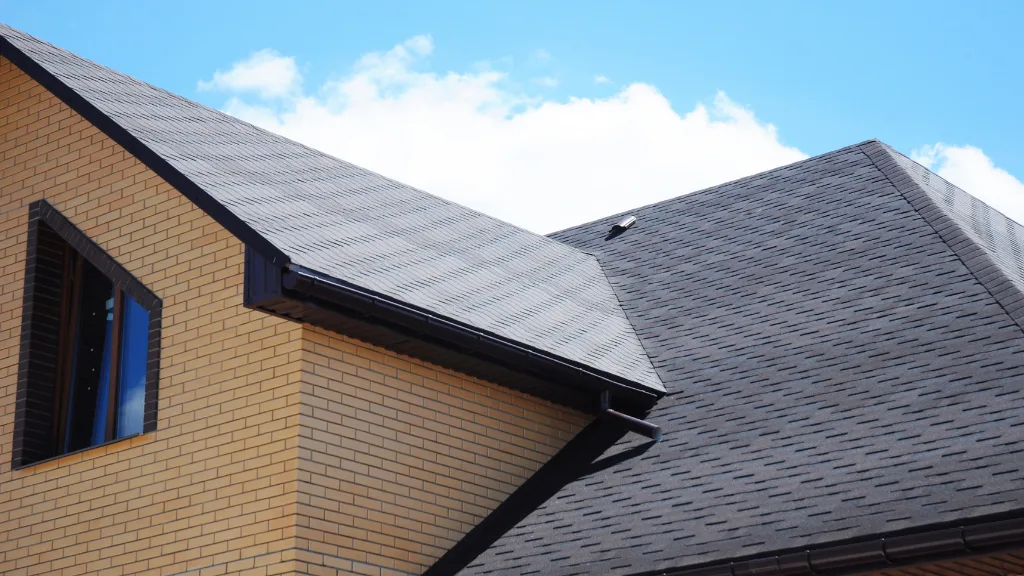
Metal Roofs
The second most popular type of shingle roof is metal. Metal roofs are usually much more expensive than asphalt, but they are extremely durable and can last several decades longer!
They are also energy efficient which protects your home’s interior from hot or cold temperatures that may cause damage to the inside of your house.
Metal shingles come in many different colors so homeowners have a wide variety of options when it comes to the look of their roof.
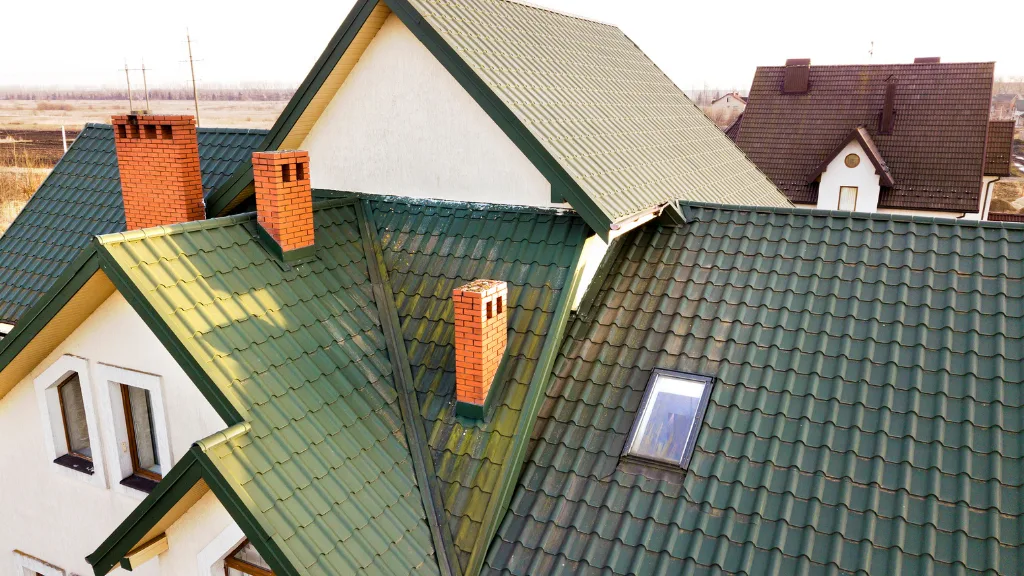
Wood Shingle Roofs
The last type of shingle roofs are made from wood .
While these types of roofs can be beautiful, they aren’t typically recommended for homes in colder climates as they do not retain heat very well and homeowners will have to spend more money on heating bills!
Wood shingle roofs tend to last a long time, but they are also more expensive than metal and asphalt shingles.
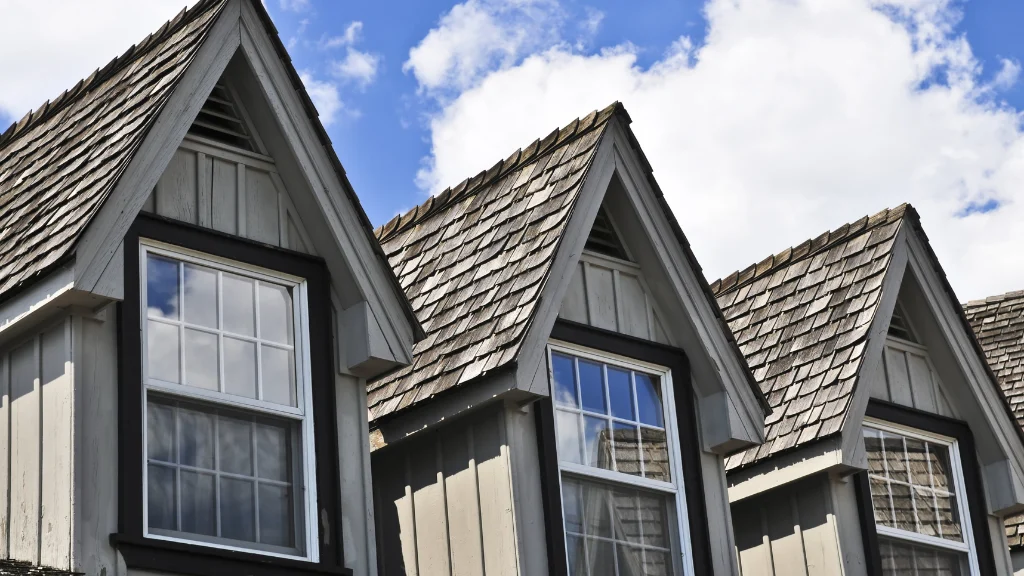
What factors influence the number of roof shingles to use?
There is no set formula for determining the number of layers you will need on your roof! Roofers use different tools to figure out what amount of shingles you will need depending on the type of shingle roof and climate in which your home is located.
For asphalt roofs, a contractor uses a bundle factor to determine how much material they will need for their job. Bundle factors can range from 80% to 110%, so homeowners should ask what measurement was used during their estimate!
For metal roofs, contractors will use a square footage factor to determine how much shingle they need to complete their job.
Wood roofs require the least amount of layers as only one layer is necessary for this type of roofing material!
However, it can be very expensive and time consuming if your home requires more than just one layer due to its size or design features.
Why does it matter how many layers of shingles on a roof?
If you have too many layers of shingles on your roof, it can put strain on the support beams and sheathing. Over time, this added weight may cause structural problems that affect the integrity of your home!
This is why it’s very important for homeowners to discuss their specific needs with a contractor before they agree to purchase any type of roof.
If you have too few layers of shingles on your roof, it will be much more expensive to replace in the future!
It’s possible that only one layer of shingle is necessary for protecting your home from water damage and extreme weather conditions.
However, if you live somewhere with heavy snowfall or very high winds then two or more layers may be necessary.
What are the signs that your shingles roof needs replacement?
There are several signs that your roof needs replacement. These include:
Dark patches on the shingles – if you notice dark spots or streaks on your shingles, it may be time to replace them! Your contractor can inspect these areas and determine whether or not they need repairs or complete replacement.
Curled shingle edges – if your shingles are curling around the edges, it may be time for a replacement. Your contractor can determine if they need repairs or complete replacement.
Moss growing on the roof – If you notice moss growing on your rooftop , it is likely due to water damage caused by an inadequate amount of layers . It’s possible that more than one layer is needed to protect your home from water damage.
What are the benefits of re-shingling my roof?
There are many benefits associated with re-shingling your roof that outweigh the costs involved in this type of project.
One major benefit is that homeowners will have a brand new roof that can protect their home from water damage, extreme weather conditions , and the sun’s UV rays.
In addition to protecting your home from the elements, homeowners will also save money on energy bills.
Replacing an old roof with a new one that is properly insulated can reduce air leakage and make homes more comfortable during extreme weather conditions .
If you are currently dealing with leaks or your shingles are curling up on the edges, then re-shingling is an excellent way to get rid of these issues.
Your contractor will be able to inspect and repair any areas that need attention before they begin re-shingling your home.
Tips for maintaining your shingles roof
Once you have re-shingled your home, it is important to maintain the shingles for optimal performance. There are several tools that will help homeowners do this:
Roof rake – using a roof rake can easily clear any leaves or branches from your rooftop . This prevents water build up and ensures the longevity of your new shingles.
Chimney brush – having a clean chimney is very important for the safety of your home .
It can also prevent water build up on your roof that can cause leaks! Using a chimney brush to clear out any debris in the flue will help homeowners avoid damage to their shingles caused by an obstruction or fire.
Comprehensive roof inspection – if you are unsure about the current condition of your shingles then it is a great idea to schedule an inspection.
The inspector will be able to inspect all areas of the home’s exterior and determine whether or not further maintenance is necessary.
Conclusion
As you can see, there are many benefits associated with re-shingling your home. In the event that an older roof needs replacing, this is a great option to consider before making any final decisions!
Going through these steps will help ensure homeowners receive the best possible value from their contractor for their new shingles roof. Because your home’s roof is an integral part of your safety and comfort!
